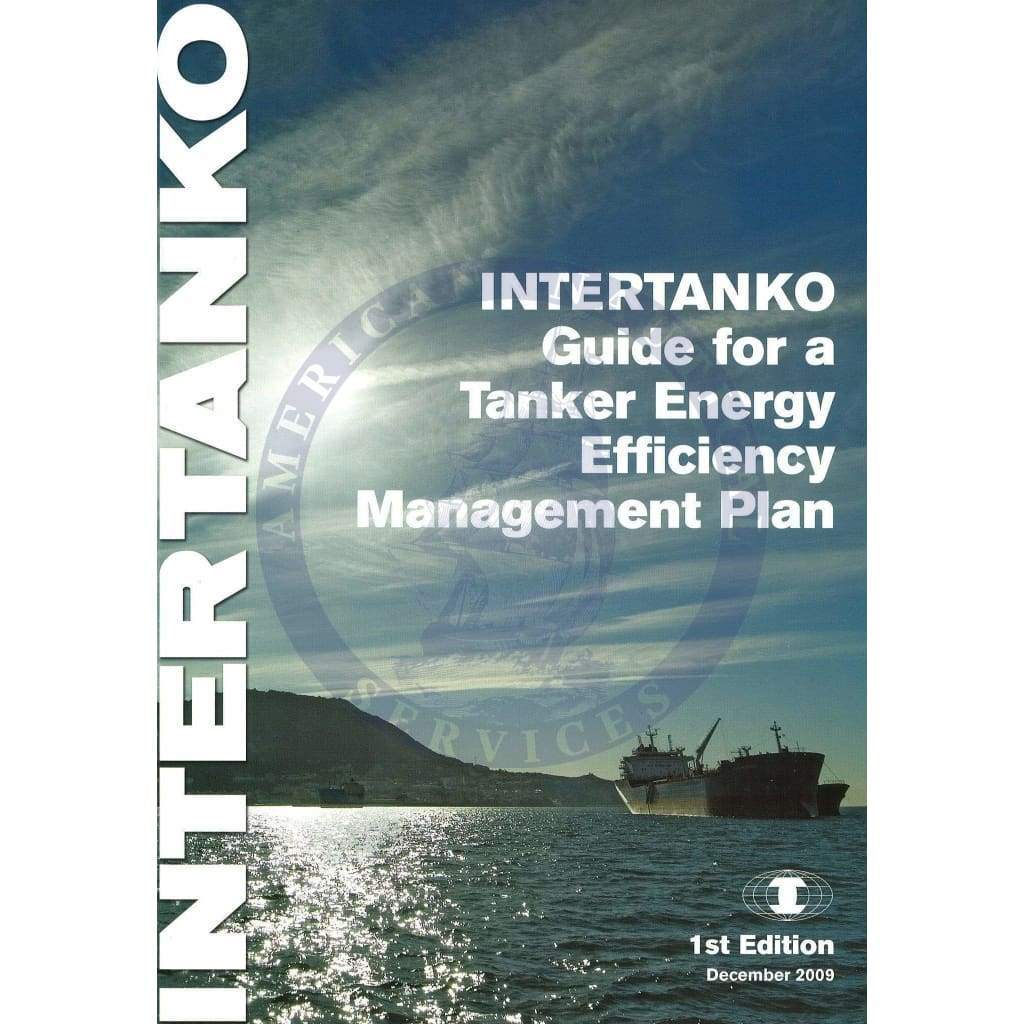Overview
This Guide has been developed based on INTERTANKO’s Best Practice on Tanker Emissions and Energy Efficiency (INTERTANKO Best Practice).
The Guide provides a template for developing a Company Energy Efficiency Management Plan (sections 2 and 7) and goes into detail regarding the measures that may be implemented on board to improve energy efficiency within a tanker fleet (section 3 to 6).
Content
1. Introduction
1.1. INTERTANKO’s Best Practice on Tanker Emissions and Energy Efficiency
1.2. IMO’s Ship Energy Efficiency Management Plan (SEEMP)
1.3. Oil Companies ‘Energy Efficiency and Fuel Management’ Guidance
2. Establishing the Company and Ship Energy Management Plans
2.1. Company Energy Efficiency Management Plan
2.2. Ship Energy Efficiency Management Plan (SEEMP)
2.2.1. Energy audits and consumption surveys
2.2.2. Emissions measuring devices
2.2.3. Energy measuring devices
3. Voyage Optimisation Programme
3.1. Speed selection optimisation
3.2. Optimised route planning
3.2.1. Weather routing
3.2.2. Optimised heading control / auto-pilot function
3.3. Trim Optimisation
3.4. Charterer involvement
4. Propulsion Resistance Management Programme
4.1. Hull Resistance
4.1.1. Hull coatings systems
4.1.2. Flip rudders
4.2. Propeller Management
4.2.1. Propeller polishing
4.2.2. Propeller coating
4.2.3. Propeller boss fin caps and ducted propellers
5. Machinery Optimisation Programme
5.1. Main Engine monitoring and optimisation
5.1.1. Speed and consumption monitoring devices
5.1.2. O2 content monitoring
5.1.3. Emission monitoring devices
5.1.4. Main engine cylinder oil and lubrication control
5.1.5. Fuel quality
5.1.6. Fuel oil additives
5.1.7. Shaft generators
5.2. Variable control units for engine room fan/pumping systems
5.3. Incinerator usage
5.4. Optimal use of bow thrusters
5.5. Diesel engine optimisation
5.6. Waste heat recovery
5.6.1. Exhaust gas economiser efficiency
5.6.2. Boiler superheaters
5.7. Independent inert gas generators
5.8. Frequency controlled equipment
6. Cargo Handling Optimisation
6.1. Cargo vapour control procedure on all crude tankers
6.1.1. VOCON valves
6.2. Cargo temperature control optimisation
6.2.1. Cargo heating efficiency
6.2.2. Cargo insulation
6.2.3. Cargo stowage
6.2.4. Optimised utilisation of energy associated with steam and condensate return
7. Energy Conservation Awareness Plan
7.1. Crew familiarisation and training
7.2. Accommodation-specific energy conservation programme
7.2.1. Air conditioning and refrigerator maintenance and use
7.2.2. Tube fluorescent lamps (TFLs)
7.2.3. LCD computer screens
Appendix I MEPC.1/Circ.683 Ship Efficiency Energy Management Plan
Appendix II MEPC.1/Circ.684 Guidelines For Voluntary Use Of The Ship Energy Efficiency Operational Indicator (EEOI)
Details
Title: INTERTANKO Guide for a Tanker Energy Efficiency Management Plan
Edition: First
Number of Pages: 30
Product Code: WS1206K
Published Date: December 2009
Binding Format: Paperback
Book Height: 300 mm
Book Width: 210 mm
Weight: 0.12 kg
Author: Intertanko








